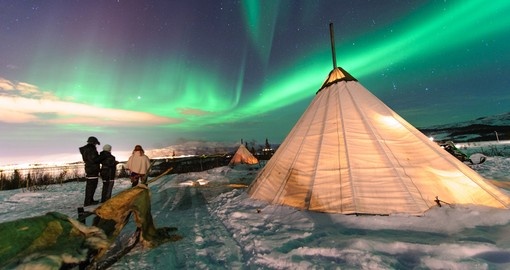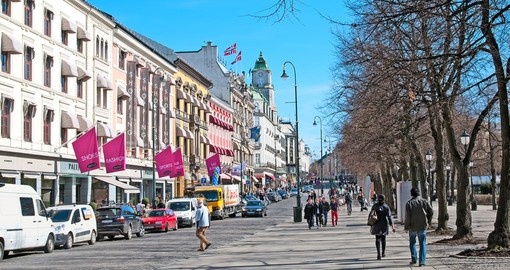Norway History
The first major migrations to Norway began approximately 11,000 years ago when the Komsa (who would later become the Sami), arrived in the Arctic north. As a result of warming temperatures and Norway’s abundant coastline, more people arrived from Central Europe.
During the Iron Age, better tools were developed that allowed people to clear the land in an easier fashion resulting in more successful farms. While Norway had initially presented difficult living conditions, the birth of farms saw the emergence of more permanent structures. The Iron Age also helped with the building of larger boats that encouraged trade as well as exploration.
The Viking Age from around 800 AD – 1030 AD was a significant period in Norwegian history. New boats saw Norwegians travelling to places like Britain where they would return with many goods. The first Viking raid took place in 793 at St. Cuthbert’s monastery on the island of Lindisfarne. Following the success of this raid, Viking attacks expanded to include parts of Britain, Ireland and the rest of Europe. Even parts of the Middle East came under Viking control making Scandinavia an incredibly powerful empire.
This empire was almost entirely destroyed in 1350 when the Black Death arrived in Norway. More than half of Norway’s population was wiped out, forcing them to change the way they lived, going back to the land. In 1380, Norway joined in a union with Denmark that would last until 1814. In 1814 they wrote their own national constitution before entering into another union with Sweden that would exist until 1905. Norwegians were able to choose their own king, who was the first ruler of an independent Norway for 525 years.
Following a referendum in 1905, it quickly became apparent that the people no longer wanted to be joined with Sweden as the Swedish king refused to recognize Norwegian sovereignty. In 1913, Norwegian women became among the first in Europe to be able to vote.
The Second World War saw Norway under German occupation, however, the Norwegian population did not take this easily. There was a strong resistance network that set about sabotaging German plans with the help of Shetland fishermen who smuggled arms across the sea to Norway. Following the war, Norway became a founding member of the United Nations in 1946 and joined NATO in 1949.
The late 1960s were a time of great prosperity in Norway as oil was discovered in the North Sea. The economy took off, changing the country from one of Europe’s poorest, to one of its richest. For the most part, Norway has had socialist governments that have created one of the most extensive social welfare systems in history as well as many other social programs that benefit citizens. The unmatched natural beauty of Norway, coupled with the cosmopolitan vibe of modern cities, makes the country a once-in-a-lifetime destination.
Get a Trip Quote Order a Brochure


















